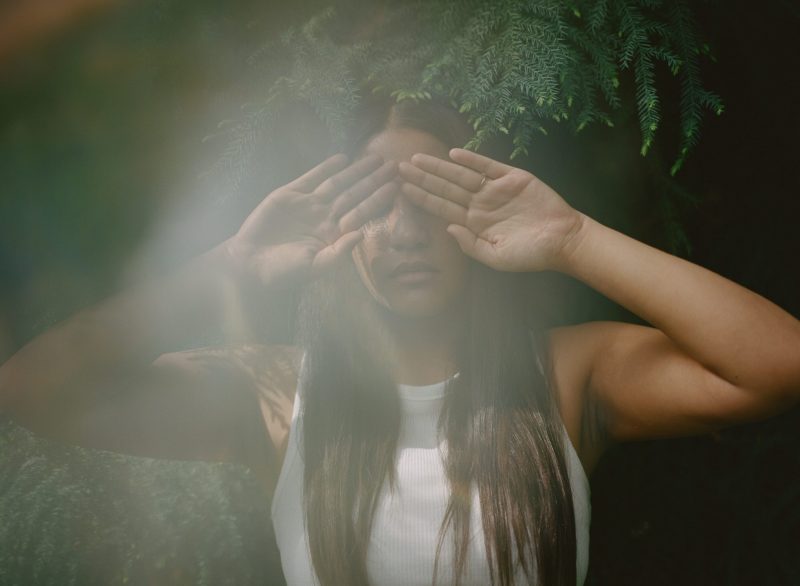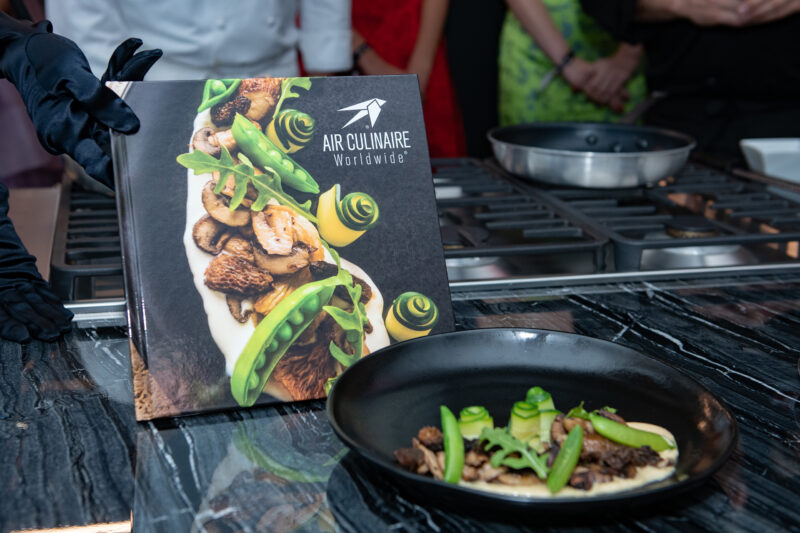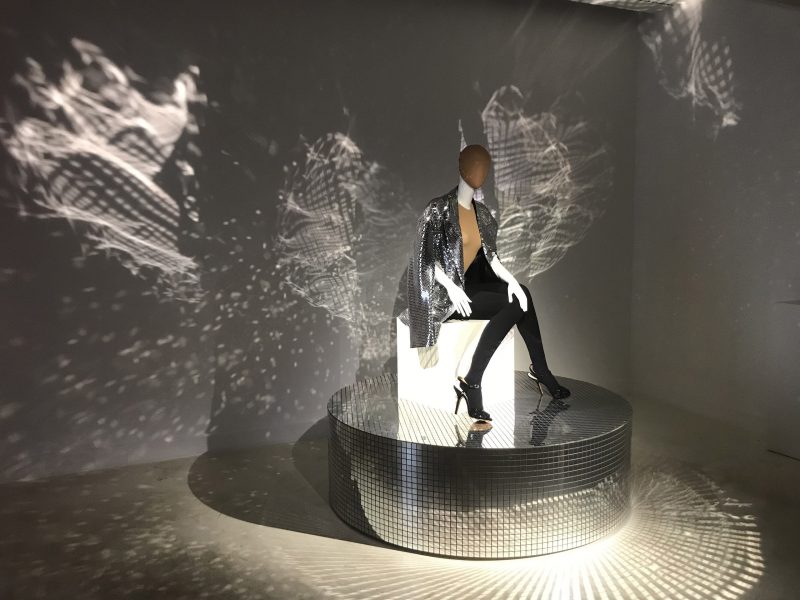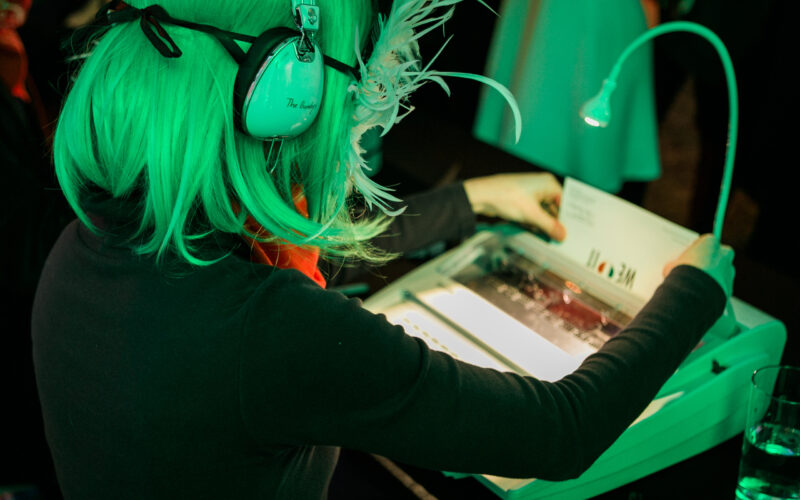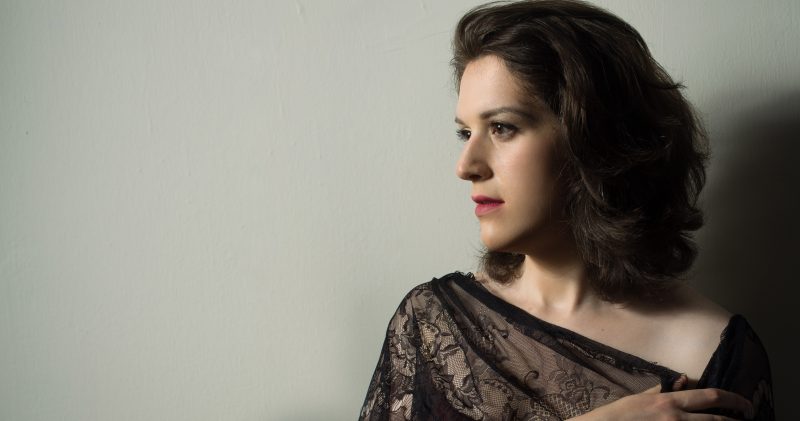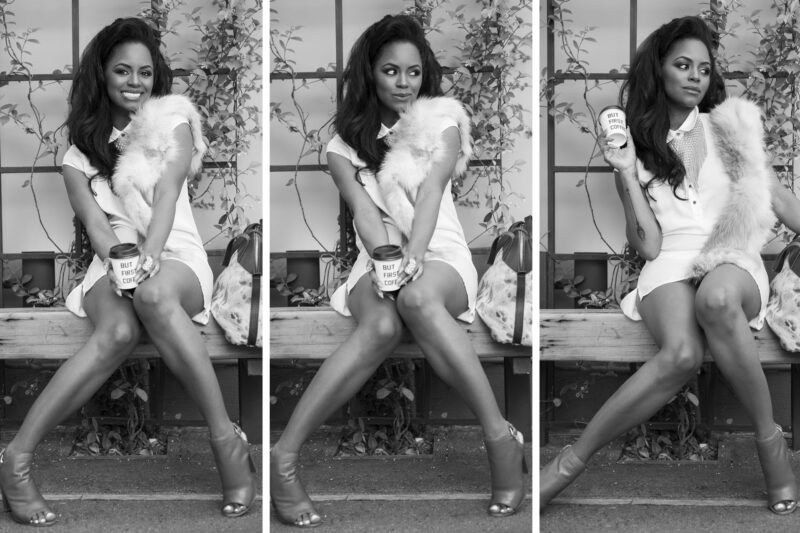a tribute to PHILIPPE HALSMAN
Philippe Halsman changed photography with his profound understanding of human psychology and unique use of space and light. Decades later, Robert Ascroft carries the torch, tapping into his own genius to pay homage to Halsman’s legacy in Spirit & Flesh’s “Jump.”
From the iconic image of Albert Einstein gracing Time’s “Person of the Century” cover, to the rare unsultry glimpse of Marilyn Monroe during her “jump” session, the work of Philippe Halsman defined the range of elite celebrity imagery. Born in Latvia, Halsman emigrated to the United States by way of France in 1940, where he went on to photograph society’s most visible faces: Audrey Hepburn, Richard Nixon, and the Ford family, to name a few. Earning a place in Popular Photography’s World’s Ten Greatest Photographers in 1958, and receiving the Life Achievement in Photography Award from the American Society of Magazine Photographers in 1975, his photographs appeared on 101 LIFE covers. His images continue to provoke our curiosity and captivate our imagination.
Halsman’s daughter Irene and her son Oliver Halsman Rosenberg are artists in their own right. Irene welcomed Spirit & Flesh into her home to share memories of her father; sitting among Halsman’s original artworks, magazine covers, and family artifacts, she recounted the events that set her father’s career in motion, including the circumstance of being Jewish in 1940s Europe.
Philippe Halsman was born to Max, a dentist, and Ita, a schoolteacher. Against his father’s wishes, Philippe pursued a degree in engineering. In 1932, at age twenty-five, he relocated to France to pursue his passion for photography, building a studio, teaching himself lighting, and making head shots for writers and actors. As Hitler’s influence and military forces spread across Europe, Philippe enlisted the help of Albert Einstein and Eleanor Roosevelt to move his young family to New York, where he photographed model Connie Ford and came to the attention of cosmetics company Elizabeth Arden; one of those photographs was selected for their “Victory Red” lipstick campaign. Philippe received assignments from LIFE and came to shoot the celebrities of the era.
Halsman’s method of identifying with and capturing subjects became the standard by which many photographers work. Photographing women, he focused on beauty, aware that even the most intelligent woman would not approve an unflattering portrait; working with men, he sought to emphasize character. Philippe captured drama in a face—shadows, light, expressions beyond the features. Photographers today achieve such results through digital retouching.
Aside from portraits, Philippe is known for whimsical images full of mischief, a fascination with gravity and the illusion of frozen time. His “Dalí Atomicus” of the late 1940s features surrealist painter Salvador Dalí leaping in the air accompanied by three black cats amid a trajectory of water thrown from a bucket. Such “jump” photographs became his signature, a collection of which was published in 1959′s Jump Book. He coined the mock philosophy “jumpology”: “In a jump,” he wrote, “the subject, in a sudden burst of energy, overcomes gravity. He cannot simultaneously control his expressions, his facial and limb muscles. The mask falls. The real self becomes visible.”
The jump images revealed celebrities and politicians beyond their public persona. Halsman began sessions to capture the intended portrait but later would ask subjects to jump for a photo, revealing a giggle—or perhaps an attempt to suppress one. The jumps show many postures–Monroe bent her closed legs at the knees while Audrey Hepburn shifted her legs apart in a joyful leap. “Jumpers” like Richard Nixon did so to seem more accessible to the public. Philippe joked that to understand a person, you needed only ask them to jump, then study the photograph.
Spirit & Flesh pays tribute to this most influential photographers with a shoot by beauty and fashion photographer and director Robert Ascroft, “I had been thinking about how much I love the famous image of Dalí jumping with the water and the cats,” says Ascroft, who learned of the assignment just after visiting Figureas in Spain, home of the Dali Museum. Ascroft’s was the opposite of Halsman’s approach: People came to his studio to jump and he surprised them by also doing a portrait. “I had a small cheat sheet of the Halsman book, just to make sure everyone understood what has already been done,” Ascoft continues. “My style is inspired by vintage/iconic photography. Obviously it was important to honor Halsman’s work, but add in some of my modern influence.”
His first models were Irene and Oliver Halsman Rosenberg, followed by a series of other personalities including Edward Mapplethorpe, Tadej Brdnik, Chris “Goldteeth” Erhmann, Ken Borochov, and Juniper Rose, as well as models from Soul Artist Management: “As Philippe would, I was lying on the floor to take photographs, to get the exaggerated angle and make the subject feel like they are very high in the air.”
His subjects were similarly inspired by the history behind the shoot. “Working at your desk can be very isolating,” says Rose. “It was so much fun to come out and interact with real life people and be photographed in such an atmosphere.”
“It was perhaps the hottest afternoon of this New York summer,” Mapplethorpe recalls. “The studio was even hotter! But that problem turned into an advantage. It’s much easier to lose yourself under extreme conditions. With the heat and some lift off the ground, you can’t be anything but present. It was liberating!”
“Jump” is a true tribute to the master, and the continuation of the tradition by this generation’s celebrity photographer. As Halsman noted, “A true portrait should, today and a hundred years from today, be the testimony of how this person looked and what kind of human being he was.”
Decades later, we still honor the man behind the camera for his rare ability to capture truth.

